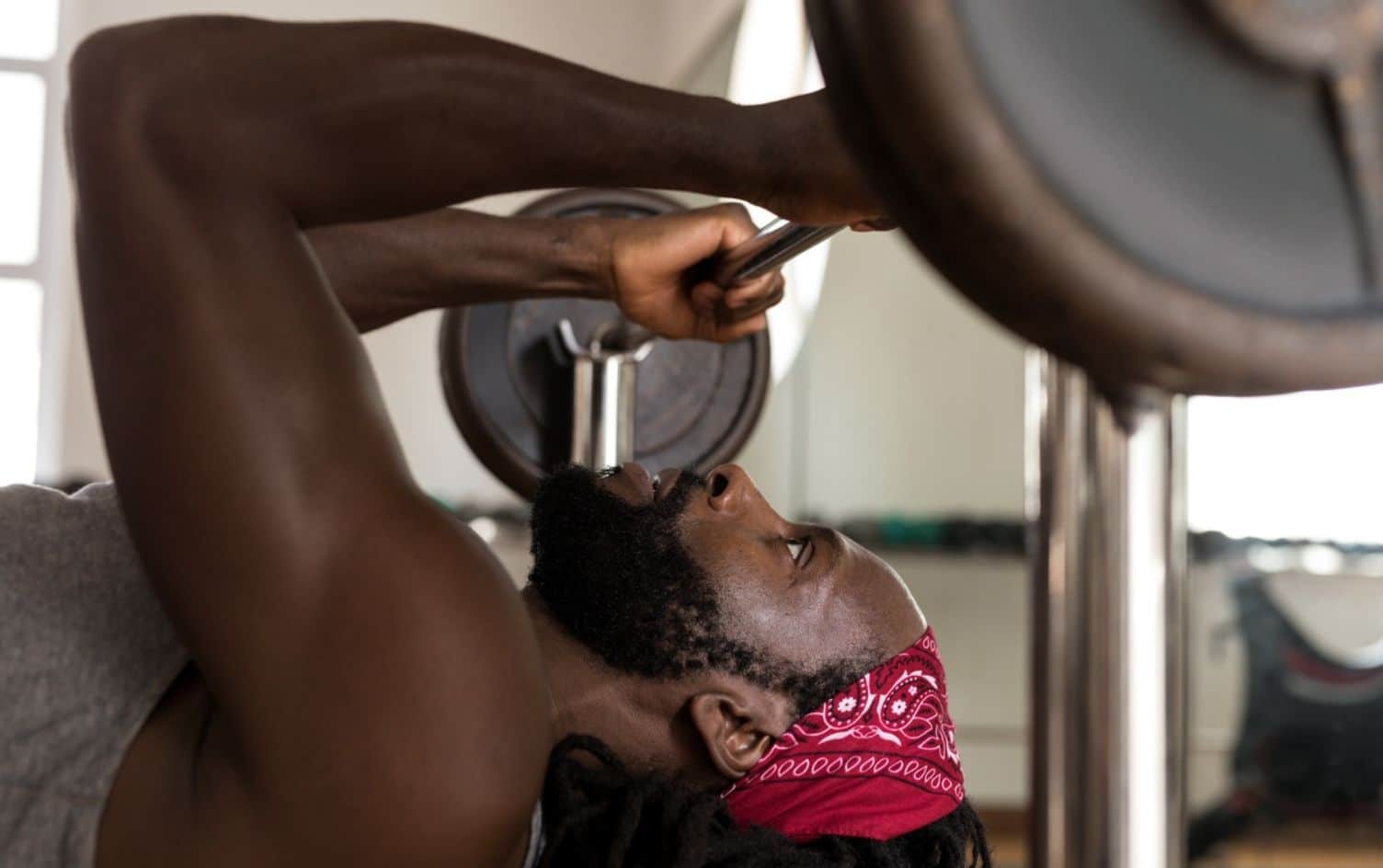Snap, crackle, pop — does it ever sound like you may have breakfast cereal in your joints as you’re working out? All that popping and cracking is normal to some degree, but there are factors that should make you consider getting it checked out.
Here’s a look at what’s common and what may be a problem.
According to Cleveland Clinic orthopedic surgeon Dr. Kim Stearns, joint cracking can be loud, and include all kinds of noises, from grinding to snapping, and they tend to get more pronounced as we get older because of cartilage wear. This is normal.
They can also occur when a muscle is tight, Stearns says, and that causes rubbing or friction around the bone. He adds that the “noisiest” joint tends to be the shoulder, because it has so many moving parts.
Because muscles and tendons tend to loosen up with movement, you may notice your joints are louder when you begin a workout, but get quieter as you keep exercising, especially if you’ve taken time to do gentle stretches as a warmup, which Stearns advises is a good tactic for joint health.
Although hearing sounds in the joints is normal, especially for older people, pain and swelling are not part of the aging process.
There shouldn’t be a sharp pain, aching, swelling or throbbing, since that indicates something may be amiss such as inflammation, a tendon strain or sprain, or even a hairline fracture, says Dr. Steve Yoon, physiatrist and director of The Regenerative Sports and Joint Clinic at Cedars-Sinai Kerlan-Jobe Institute in Los Angeles.
Even if you have low-level, nagging pain that subsides soon after working out, he suggests getting it checked to make sure it’s not the start of a problem like arthritis.
“Typically, pain in a joint is an overuse injury, so it’s possible your physician will just recommend a different approach with how you’re exercising, for example,” he says. “There are also numerous therapies when it comes to pain management, from icing and acupuncture to anti-inflammatory diets. But the first step is to see pain as a red flag that should be investigated.”
If you aren’t experiencing symptoms that are a concern, but you’re not thrilled with sounding like a tin man who needs to get oiled every time you work out, there are a couple of things you can do.
1. FOCUS ON WEIGHT LOSS
A long-term strategy is to lose weight if you’re carrying extra, Yoon says. Being overweight can put more pressure on your joints, particularly your ankles, knees and hips.
2. EXERCISE CONSISTENTLY
Regular activity can help reduce inflammation, sometimes significantly and often after just 20 minutes of exercise, according to one study.
Make sure you’re stressing joints in the right way, though, particularly if you have any arthritis. That means focusing on strengthening the muscles surrounding the joints so they can support them more effectively, suggests Alessio Bricca, PhD, of the Institute of Applied Health Sciences at the University of Aberdeen.
He suggests activities like swimming and weight training, although even running can be helpful if you focus on increasing your distance very gradually over time. Not only can this help with knee issues, but it may help prevent hip and knee arthritis, research has noted, finding that that the arthritis rate of active marathoners was actually below that of the general U.S. population.
READ MORE > ASK THE RD: CAN DIET REDUCE THE INFLAMMATION THAT CAUSES ARTHRITIS
3. DRINK MORE WATER
Another tactic is increasing your water intake, according to David Williams, DC, a medical researcher, biochemist and chiropractor.
He notes that your joints have thick, gel-like liquid inside that supplies cushioning, lubrication and shock absorption. For that process to work properly, the joints must be getting adequate hydration, he says. Many people drink liquids that are actually taking hydration out of the body and the joints, he adds. These can include alcohol, soft drinks and coffee.
If you’re dehydrated, that joint cushioning can become less lubricated, leading to more cracking and popping. He suggests not only increasing water intake but also spacing your intake throughout the day, similar to trying to water a plant with dried-up soil. Trying to flood it with a bunch of water at once won’t be as effective as small amounts throughout the course of the day, so it can absorb better.
“It may take a few days to a few weeks to see a difference in your joints, depending on your level of dehydration, but be consistent and be patient and you’ll get there,” says Williams.
Unlock an experience that’s like having a dietitian, trainer and coach — right at your fingertips. Sign up for Premium for expert guidance and tools to help you reach your personal health goals.




